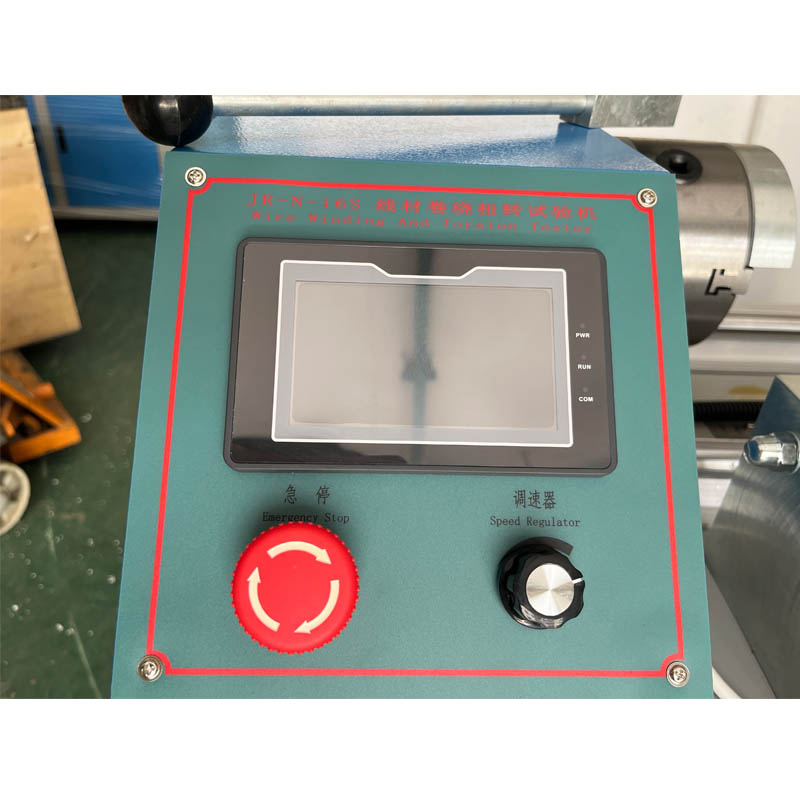electrode resistivity tests
Understanding Electrode Resistivity Tests A Critical Tool in Electrical Engineering
Electrode resistivity tests are essential procedures utilized in various fields of electrical engineering, geology, and environmental science. These tests measure the electrical resistivity of soils and rocks, providing crucial data that helps engineers and geoscientists make informed decisions regarding foundation design, groundwater analysis, and contamination assessments.
Introduction to Resistivity Testing
At its core, resistivity testing assesses how easily electric current can flow through a medium. This is governed by the material's resistivity, which is influenced by factors such as moisture content, temperature, and the presence of dissolved salts. In investigations involving electrodes, two or more electrodes are inserted into the ground, and an electrical current is passed between them. By measuring the voltage drop across the electrodes, one can calculate the resistivity of the surrounding material using Ohm's Law.
The resistivity values obtained from these tests can indicate different subsurface materials. For example, moist soils typically exhibit lower resistivity compared to dry soils, while areas contaminated with pollutants often show distinct resistivity readings due to the high ionic content.
Types of Electrode Resistivity Tests
There are various methods employed to conduct resistivity tests, each suitable for different applications
. The most common techniques include1. Wenner Test This method involves four equally spaced electrodes arranged in a linear array. The current is applied through the outer electrodes while the voltage is measured across the inner electrodes. The Wenner configuration is effective for acquiring high-resolution data over relatively shallow depths.
electrode resistivity tests

2. Schlumberger Test Similar to the Wenner method but with a different electrode configuration, the Schlumberger arrangement has the current electrodes spaced farther apart compared to the potential electrodes. This setup enables deeper measurements, making it ideal for geological surveys and groundwater studies.
3. Dipole-Dipole Method This procedure uses pairs of electrodes to measure resistivity over larger areas. It involves placing current and potential electrodes at various distances, allowing for three-dimensional mapping of resistivity variations beneath the surface.
Applications of Electrode Resistivity Tests
The versatility of electrode resistivity tests lends itself to numerous applications. In civil engineering, these tests are conducted during site assessments to evaluate soil stability, which is essential for the design of foundations and retaining structures. By identifying variations in resistivity, engineers can ascertain the presence of sand, clay, or gravel, and assess their suitability for construction.
In environmental studies, resistivity testing is instrumental in locating contaminated sites. Higher resistivity readings may indicate the presence of hazardous materials, prompting further investigation and remediation efforts. Additionally, these tests are widely used in groundwater exploration, helping to identify aquifers and analyze their recharge capabilities.
Conclusion
Electrode resistivity tests serve as a fundamental technique in understanding subsurface conditions. By measuring how electricity flows through different materials, engineers and scientists can glean critical insights into soil and rock properties. The data obtained through these tests not only supports infrastructure development but also contributes to environmental protection and resource management. As technology advances, the accuracy and efficiency of resistivity testing are expected to improve, enhancing its applicability across various domains.
-
Why the Conductor Resistance Constant Temperature Measurement Machine Redefines Precision
NewsJun.20,2025
-
Reliable Testing Starts Here: Why the High Insulation Resistance Measuring Instrument Is a Must-Have
NewsJun.20,2025
-
Flexible Cable Flexing Test Equipment: The Precision Standard for Cable Durability and Performance Testing
NewsJun.20,2025
-
Digital Measurement Projector: Precision Visualization for Modern Manufacturing
NewsJun.20,2025
-
Computer Control Electronic Tensile Tester: Precision and Power for the Modern Metal Industry
NewsJun.20,2025
-
Cable Spark Tester: Your Ultimate Insulation Assurance for Wire and Cable Testing
NewsJun.20,2025
 Copyright © 2025 Hebei Fangyuan Instrument & Equipment Co.,Ltd. All Rights Reserved. Sitemap | Privacy Policy
Copyright © 2025 Hebei Fangyuan Instrument & Equipment Co.,Ltd. All Rights Reserved. Sitemap | Privacy Policy
